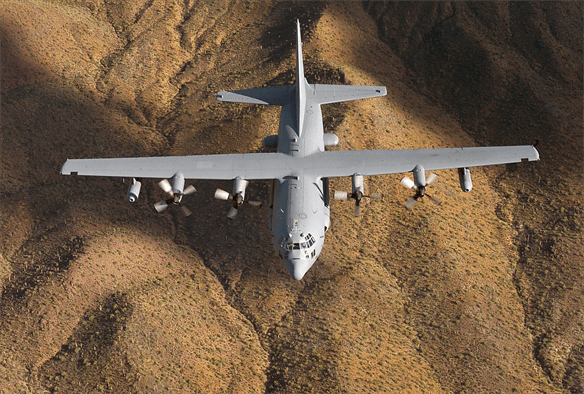In Air & Space conference of the Air Force Association held September 14-16, 2015 at National Harbor, Maryland (near Washington), Lt. Gen. Burke Wilson unveiled a new US Air Force project, a modified Cyber EC-130H airplane which will operate hacking on enemy installations from the air.

Military networks around the world, regardless of country, are usually closed systems, meaning they do not have an Internet connection, mainly to protect sensitive data για να μην πέσουν θύματα hacking από εξωτερικούς παράγοντες, όπως hackers ή από τον cyber-στρατό μίας αντίπαλης χώρας.
This means that the only way for someone to break it is to try to infiltrate the networks using infected USB drives, in-house spies, or attack the local WiFi network capabilities somewhere near its area.
The Military News Website Breaking Defense reports that the US Air Force has modified a type aircraft EC-130H Compass Call to be able to carry out cyber attacks against ground enemy military networks. The plane EC-130H usesoften used by the US Air Force to jam enemy transmissions in war zones.
This means that if the airplane passes the test successfully, the US Air Force will be able to deploy combat operations against a cyber-virus country, in addition to wreaking havoc with its bombs.
Incorporating this kind of cyber-attack tools into the US Army arsenal is not a far-fetched scenario, as General Wilson confirms their increased use in the last military high schools under the code name Red Flag.





